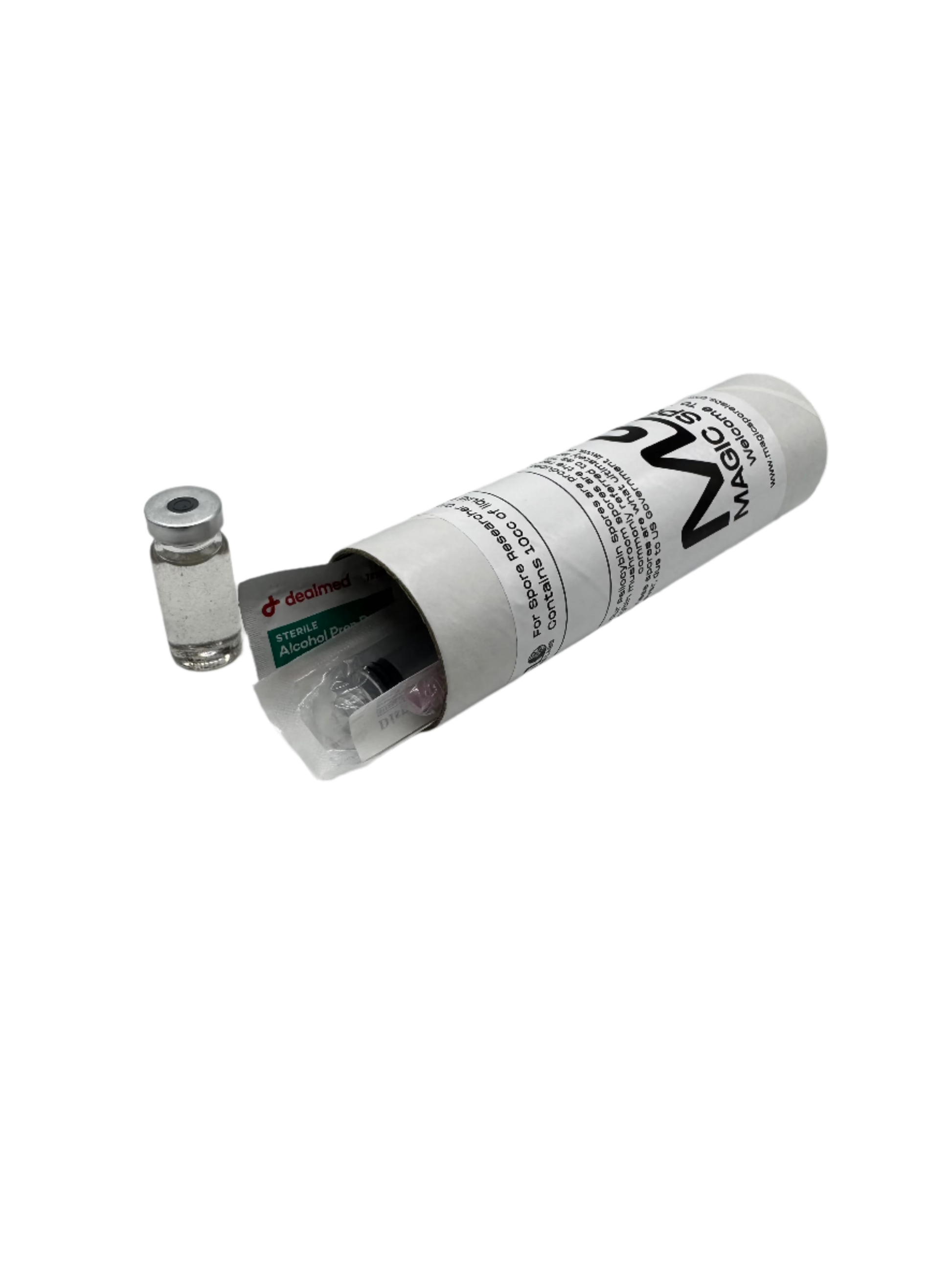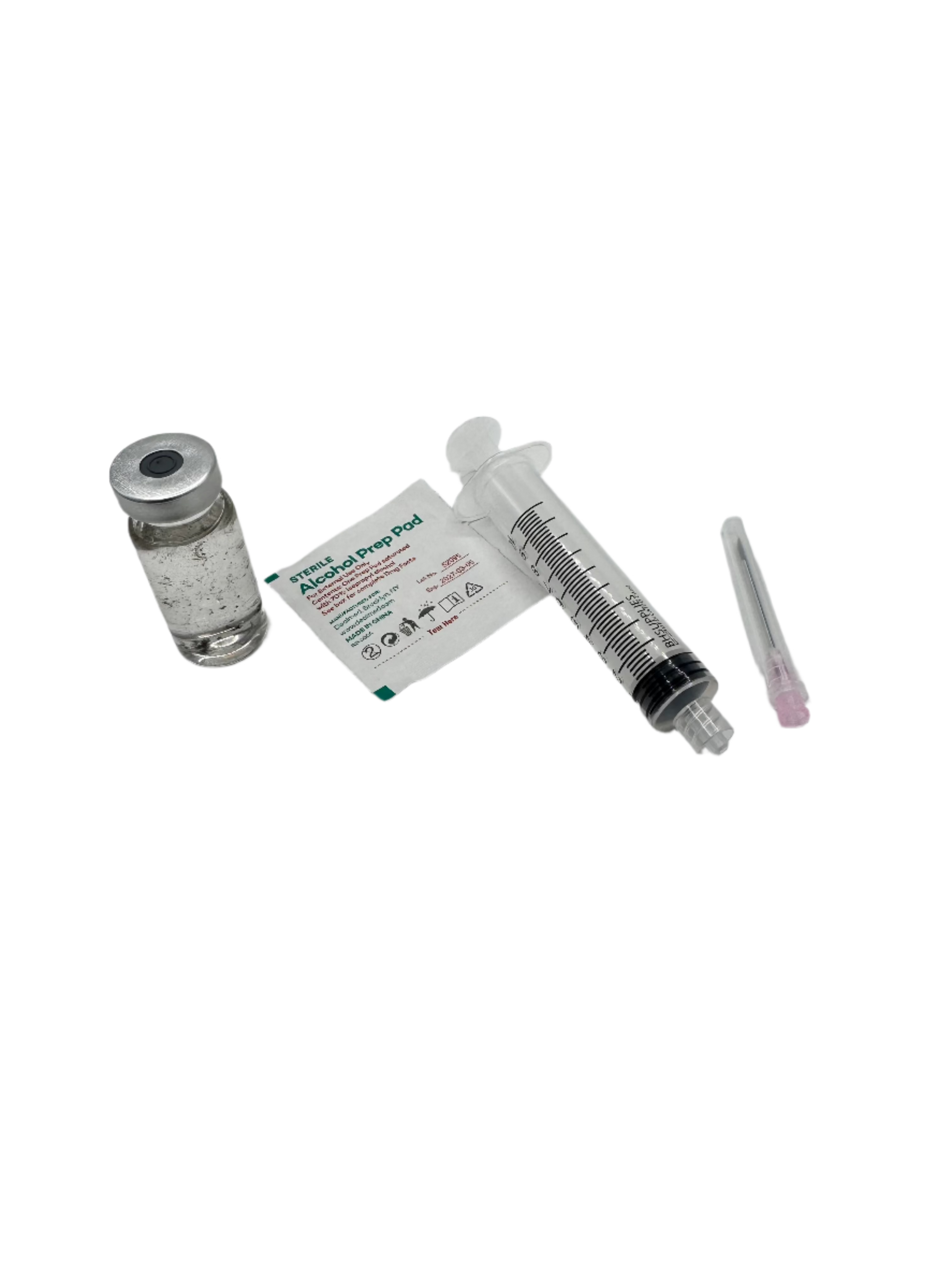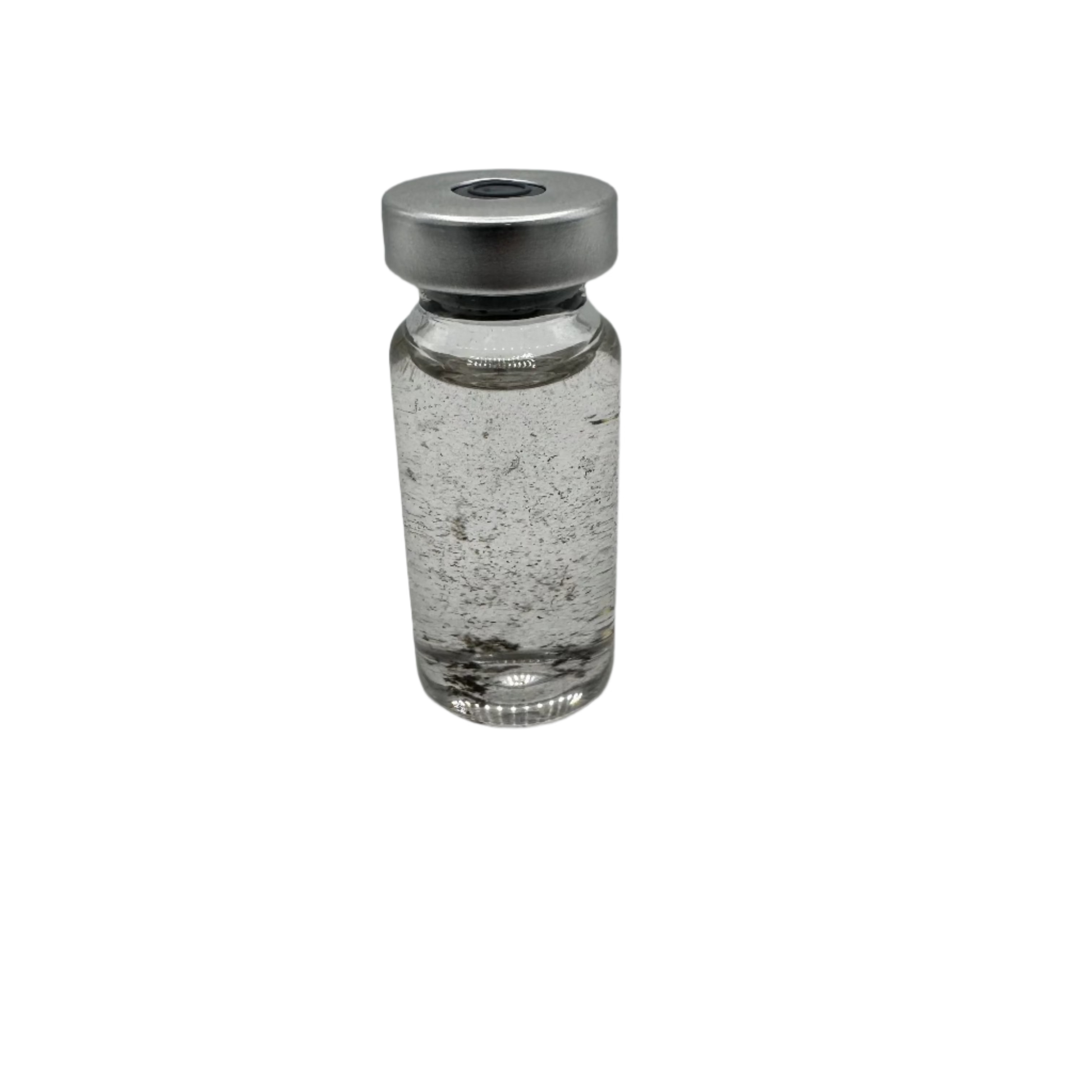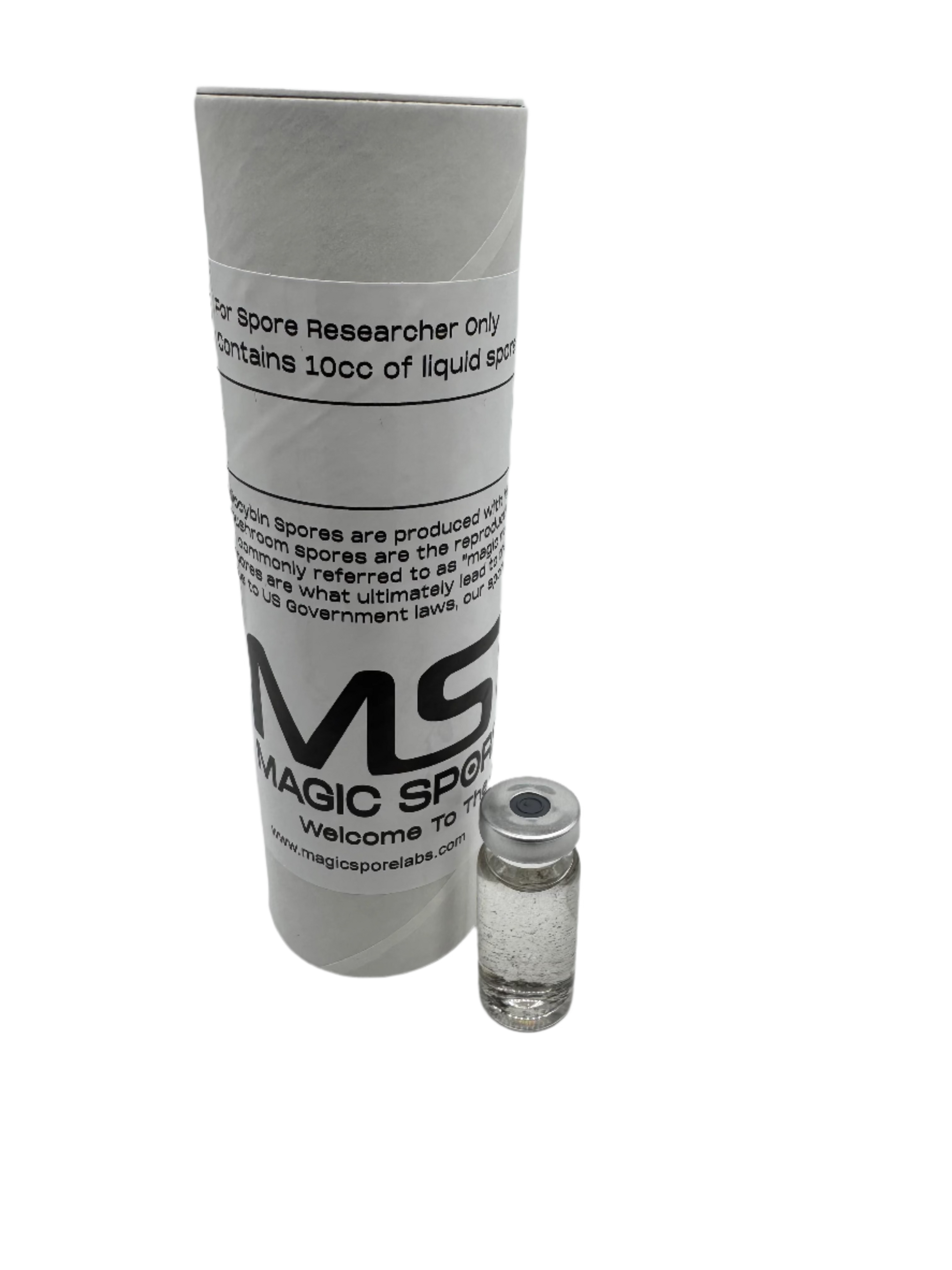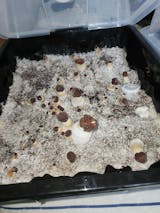Pink Buffalo Liquid Spores
Pink Buffalo Liquid Spores
Couldn't load pickup availability





Pink Buffalo Liquid Spores
Pink Buffalo Liquid Spores Review
Another mushroom belonging to the Psilocybe Cubensis family, Pink Buffalo is one of the most mysterious strains to exist. Despite its origins being a mystery, it is one of the most widely known species of psychedelic mushrooms, gaining popularity for its potency due to the combination of active compounds, psilocybin and psilocin.
Pink Buffalo Liquid Spores are syringes that contain spores of Psilocybe cubensis mushrooms in a liquid medium, specifically the Pink Buffalo strain. Also referred to as "P. Cubensis," this strain has mysterious origins, although many believe it was discovered in the wild or through selective breeding efforts. What sets Pink Buffalo mushrooms apart from other varieties is its beautiful appearance. A clear indication of P. Cubensis is the light pinkish hue, and dome-shaped caps with a smooth texture that vary in size from small to medium. Even when dried, Pink Buffalo mushrooms maintain their pink color, setting them apart from other strains.
From the aesthetic beauty to the superior level of potency, Pink Buffalo Liquid Spores is one that mycologists would love to explore. There is a lot to experience with this mushroom spore, and no matter which voyage you take with it, from research under the microscope to discovering its potential, it's unlike any other.
Features and Specifications
- Psilocybe Cubensis
- Mysterious Origins
- Pink Buffalo Strain
- Recommended For Spore Researchers
- Contains 10cc of Pink Buffalo Liquid Spores
- 1.5" 20 Gauge Sterile Dispensing Needle
Product Includes
- 1 x Pink Buffalo Liquid Spore 10cc Syringe
Share
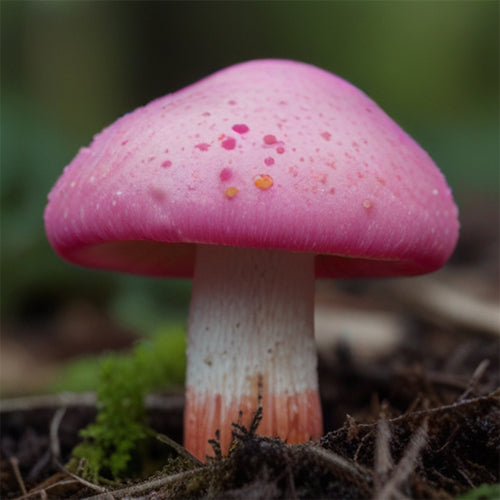
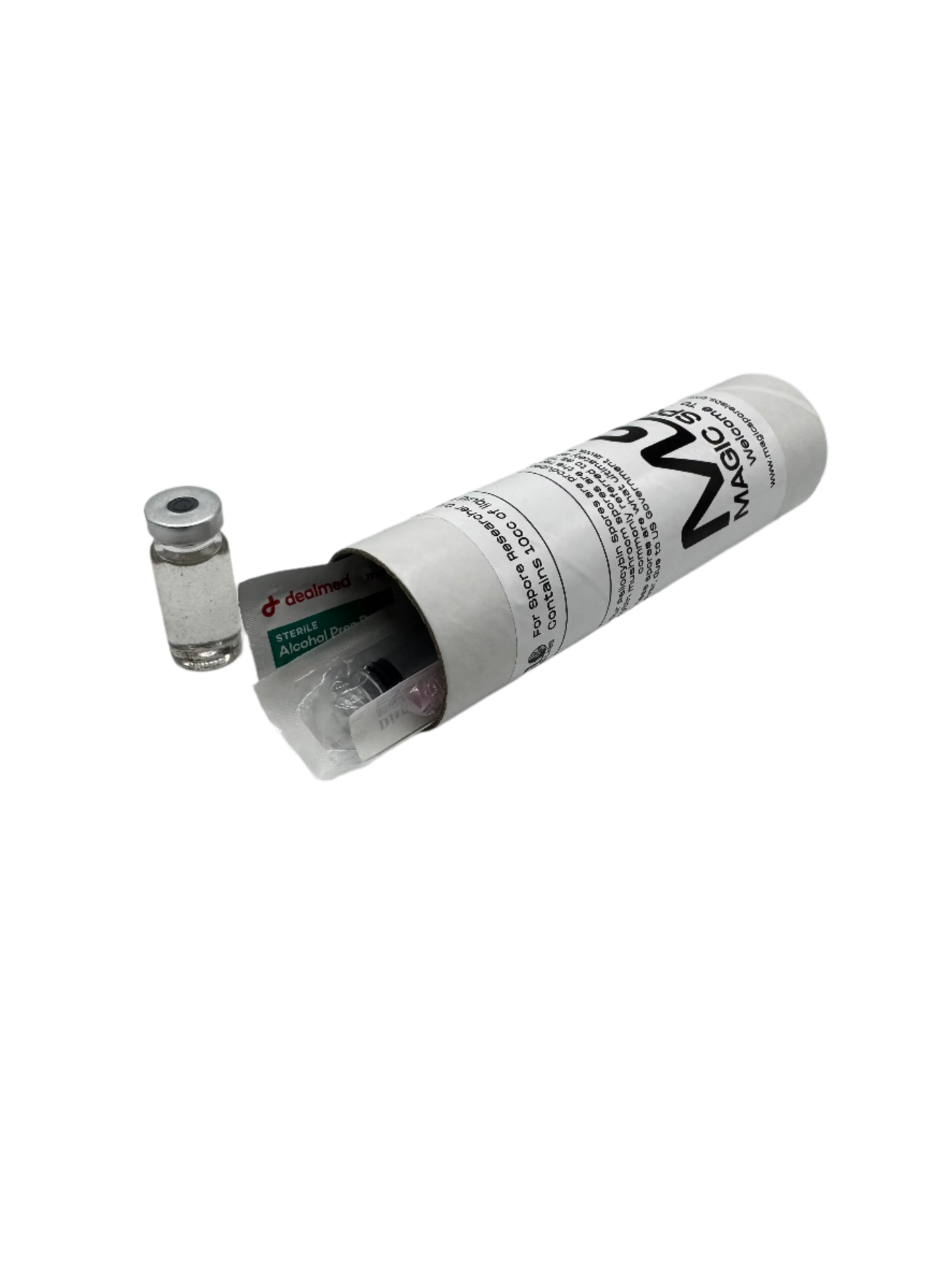
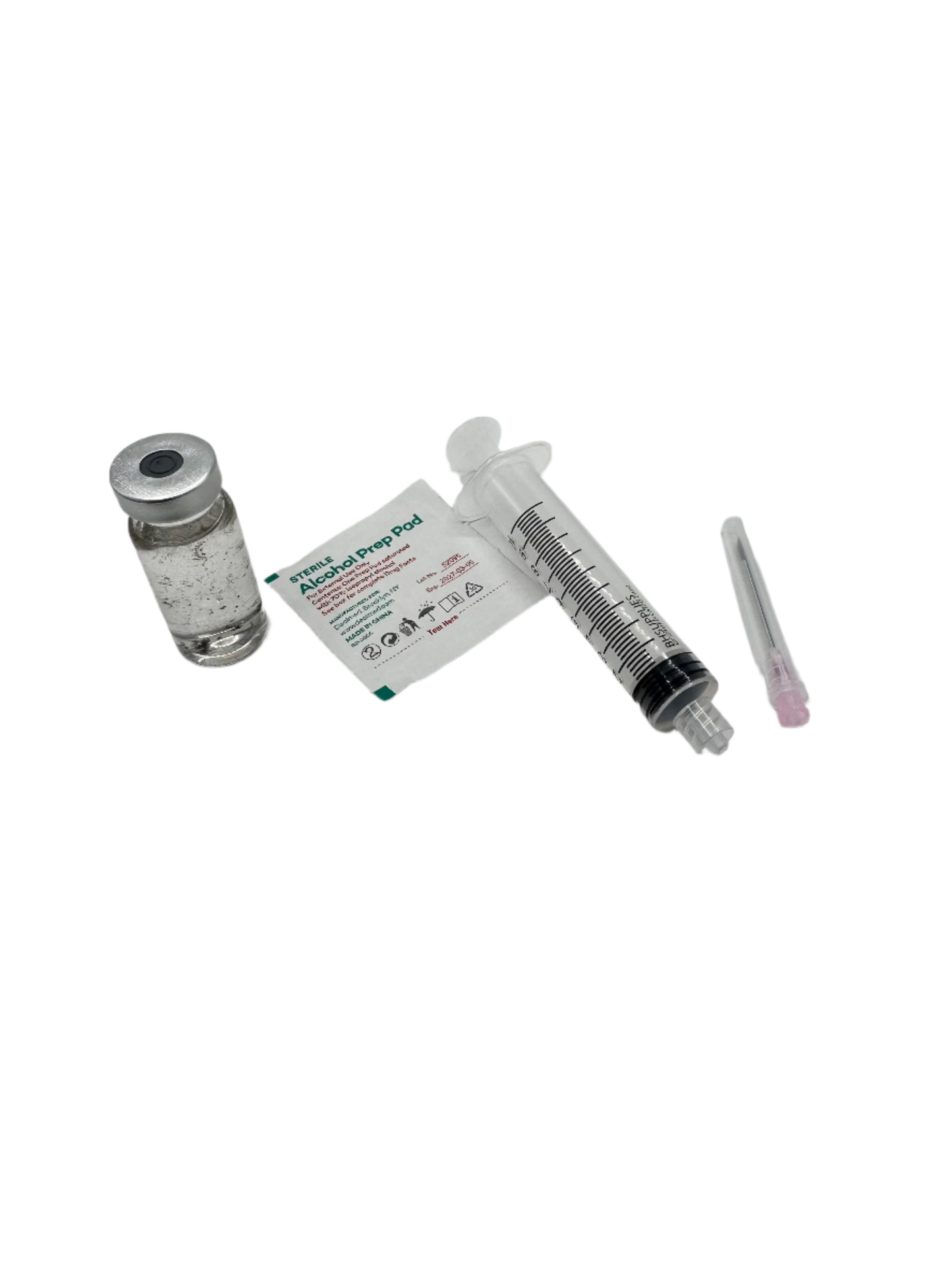
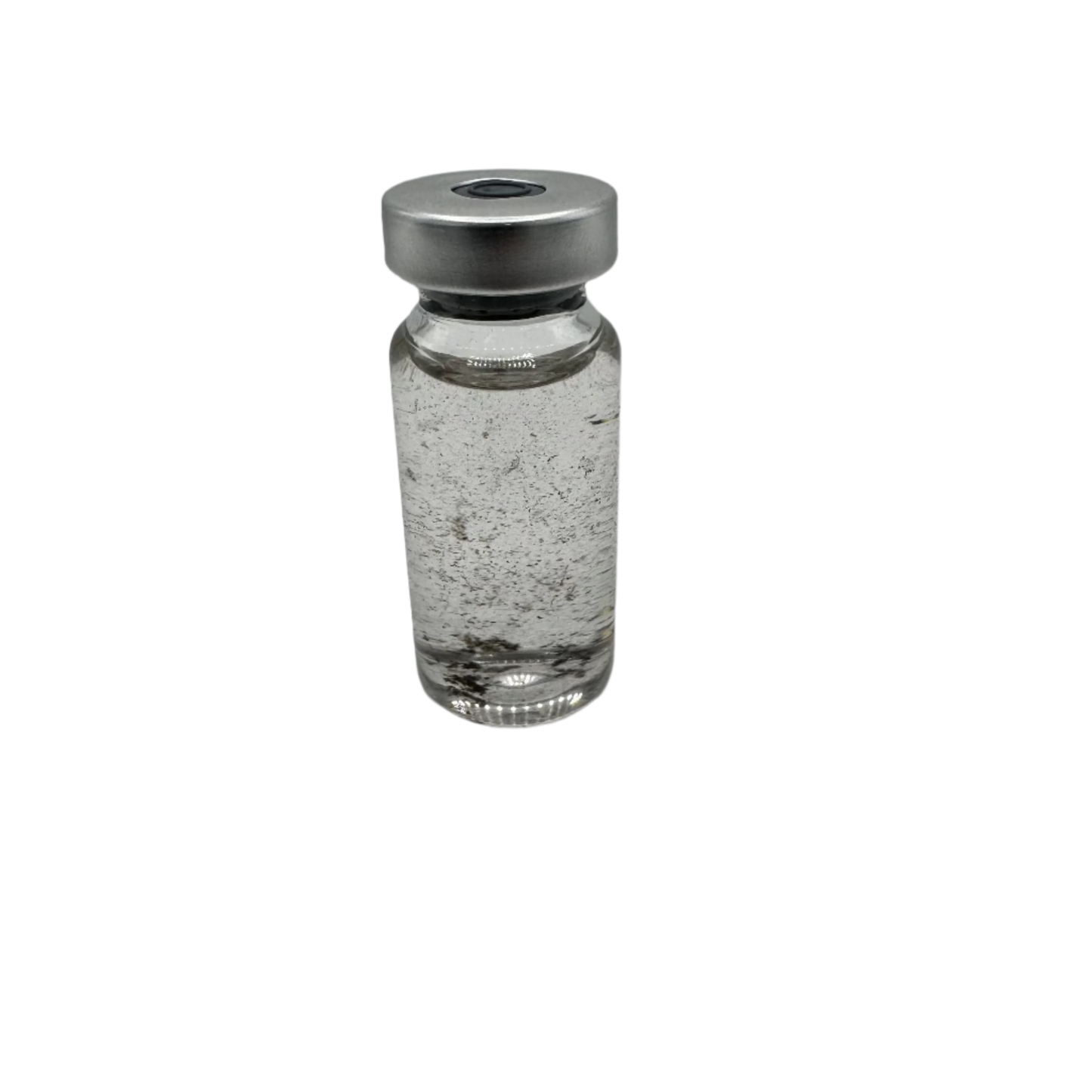
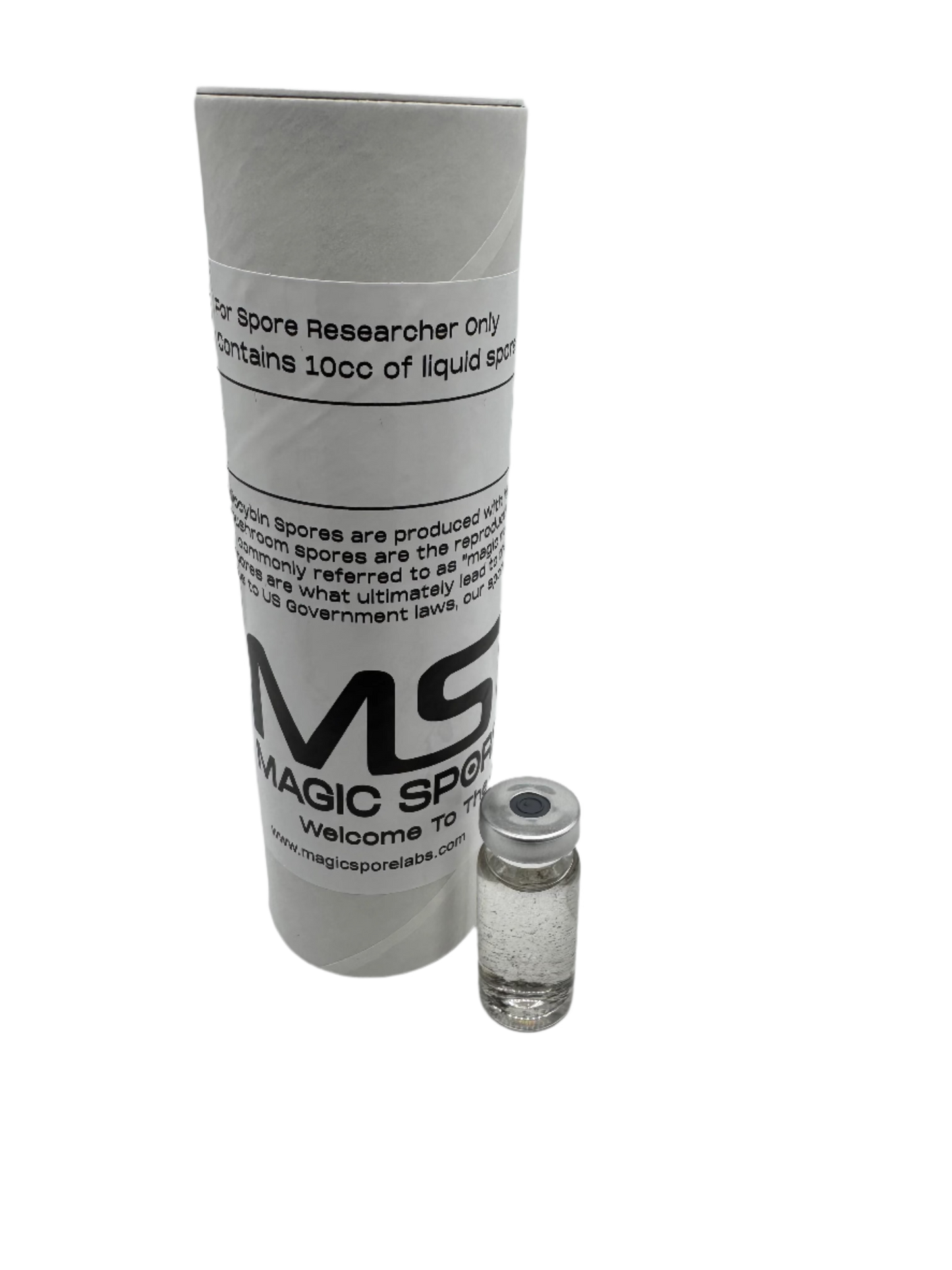
Great take off on inoculation. Got 4 flushes on the cakes. Highly recommend this for beginners
This is the second company I have ordered spores from. I am still in the process of colonizing those spores. But one thing I did notice is the syringes were packed into a Ziploc bag not a box. Even the mailing packaging was in a plastic bag like envelope rather than being packaged in a box for better protection of the syringes. The second thing I noticed is The syringes did not have as much visible spores as the previous company I ordered from. Not nearly as much by far. That being said I only did a medium rating because if it grows correctly and yields the same amount as it should have then I am going to change my review. But I think I would probably be ordering from the first company I used considering these issues.
Never received them
I have nothing good to say until I see growth of the replacement spores. The last syringe I received grew an unidentifiable mushroom, not close in anyway to pink buffalo. The company did replace it. I’ve been jerked around before so I’m not holding my breath. If these prove to be the same bs as before, I’ll never trust this company again. Also can’t upload pics of the bull$#*+ that grew.
I had some initial questions about the strand and customer support was quick to get back to me. The pink buffalo didn't look like the other strands that I purchased, but I put them on agar plates today and I'm looking forward to seeing how they develop.
I will definitely be using magic spore for my future grows.


